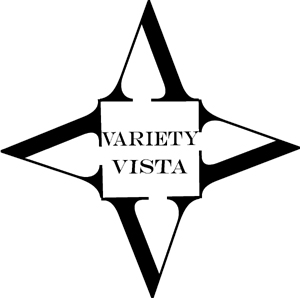
Introduction:
CONECA Numbering Systems
The CONECA Numbering System for Die Varieties
In 1997, under the leadership of Dr. Wiles, CONECA adopted a new numbering system for cataloging die varieties. Prior to that time 20th century die varieties had been cataloged by variety type only with no regard to die marriages or to the number of varieties in a given denomination or series. Collectors were at a loss to integrate their varieties into their normal date and mint collections. The development of a three level cataloging system provided just the information needed for collectors to assemble variety collections in a systemized manner.
The highest level, called the Universal Variety Code (UVC) assigns a sequential number to every die variety listed in the CONECA files for a given denomination and series. Thus every die variety (whether design change, mintmark style, doubled die, RPM, or other type) in a denomination or series has a unique identifier. In addition the numerical identifier corresponds to a die marriage, with the result that every die marriage in a given denomination and series also has a unique identifier. The collector using this numbering system can quite easily keep track of all varieties in a denomination and series.
The secondary level, called the Die Marriage Registry (DMR) assigns a sequential number to every die marriage within a given date and mint for a denomination or series. A lot of collectors collect varieties by date and mint rather than by denomination and series. In other words, they focus on a particular date and mint, attempting to collect all the known varieties and any new ones they can find. The Die Marriage Registry (DMR) number provides those who desire to collect varieties by date and mint the ability to do so with ease.
Other collectors prefer to collect by type of variety. The CONECA numbering system assigns a third unique, sequential number, the Variety/Type number, for each die identified with a particular type of variety in a given date and mint. Thus RPM collectors, for example, are able to collect by RPM number within date and mint just as they have in the past. In addition to RPMs and doubled dies which have been collected with a passion for the last 25 years, many other types of varieties are becoming popular. Die errors such as broken dies (cuds), rotated reverses, and abraded dies also come under this one umbrella as a part of the new CONECA numbering system. Each has its own Variety/Type number. In short, any die variety and/or die error can and eventually will be cataloged. Variety collectors, regardless of what they collect, will be able to have a unique sequential number assigned to their varieties.
Every variety then has three codes (UVC, DMR, Variety/Type). So for instance in the Jefferson nickel series UVC-041, DMR-002, RPM-001 all help identify the same variety, the 1942-D/horizontal D. UVC-041 tells the collector this is the forty-first variety cataloged for the Jefferson nickel series. DMR-002 tells the collector this is the second die marriage identified for the 1942-D. And RPM-001 tells the collector this is the first repunched mintmark cataloged for the date and mint, in this case 1942-D. Occasionally more than one Variety/Type number is needed. Continuing with the Jefferson nickel series lets look at UVC-174, DMR-002, RPM-001, DDR-001, DDO-002. This one coin has three different varieties. It has a doubled die obverse cataloged as die number 2 for the date and mint (1944-D). It also sports a doubled die reverse cataloged as die number 1 for the date and mint. And to top it off it is cataloged as die number 1 in the repunched mintmark files. It is the second die marriage cataloged for the 1944-D nickel and it is the one hundred and seventy fourth variety cataloged for the Jefferson nickel series.
The CONECA die varieties numbering system is proprietary to the
Combined Organizations of Numismatic Error Collectors of America
and is used under license issued by CONECA.
| Home |
Introduction |
Design Changes |
Mintmark Styles |
Doubled Dies |
Mintmark Varieties |
RPDs and MPDs |
Die Errors |
| About CONECA |
About the Author |
Copyright James Wiles, 2011
Email: jameswiles@sbcglobal.net
1490 Trail View Lane
Frisco, TX 75034-2649